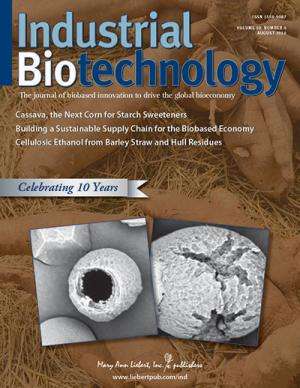Can tapioca replace corn as the main source for starch sweeteners?

Cassava, also known as tapioca, has large starch-filled roots and can grow at high yields in areas of Africa, Asia, and Latin America where corn and sugarcane are not commonly grown. With the availability of novel enzymes and processes designed to break down tapioca starch into sugars that can then be used to produce sweeteners such as glucose, fructose, or maltose syrup, tapioca may be an ideal alternative to corn, as described in a Review article in Industrial Biotechnology.
In the article "Cassava, the Next Corn for Starch Sweeteners", Jay Shetty, DuPont Industrial Biosciences (Palo Alto, CA), Bruce Strohm, Grain Enzyme Technology (Beloit, WI), and Sung Ho Lee and David Bates, and Gang Duan, from DuPont Industrial Biosciences in Cedar Rapids, IA and Wuxi, China, respectively, describe the current geographic distribution of cassava cultivation, and the composition and utility of the starch that comprises 24-30% of the cassava tuber. The authors discuss the variety of enzymes and processing steps available to convert tapioca starch to glucose via liquefaction and saccharification.
"Novel enzyme discovery and development continues to be core to expanding industrial biotechnology opportunities," says Co-Editor-in-Chief Larry Walker, PhD, Professor, Biological & Environmental Engineering, Cornell University, Ithaca, NY.
More information: The article is available for free on the Industrial Biotechnology website.
Provided by Mary Ann Liebert, Inc

















